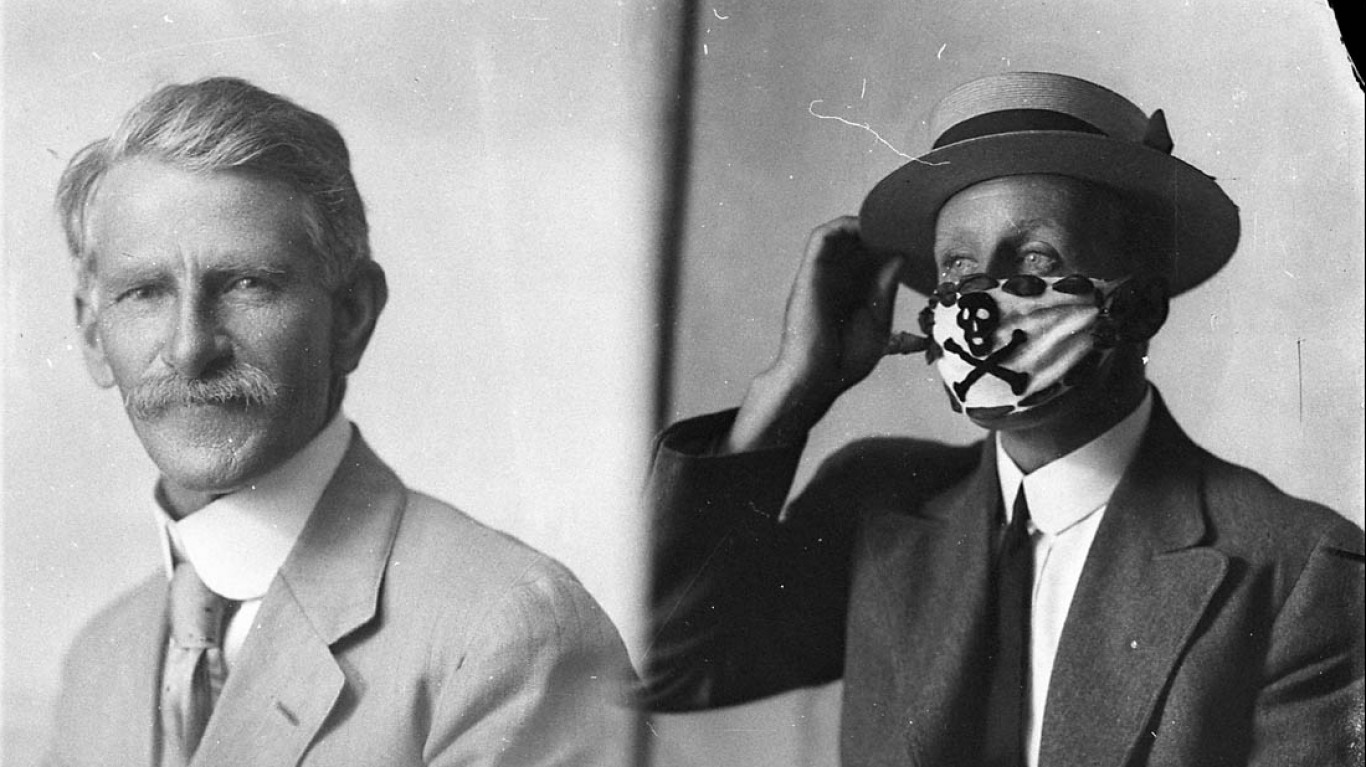
Infectious diseases have plagued humankind throughout history. When small bands of hunter-gatherers contracted an illness, it might have remained relatively contained; but as agrarian societies allowed for more heavily concentrated populations, these diseases could cause widespread damage. Trade routes between urban centers now became superhighways for the transmission of pathogens.
24/7 Tempo has compiled a list of the 20 worst epidemics and pandemics in history. An epidemic is defined as the widespread occurrence of an infectious disease in a community at a particular time. A pandemic is an epidemic that crosses international boundaries and affects a large number of people in multiple countries or worldwide.
Pandemics such as the Black Death, which wiped out 60% of the population of Europe, are capable of dramatically altering the course of history. They have devastated economies, toppled civilizations, ended empires. Here are great cities that came back after being nearly destroyed.
Over a million people died in each of the worst epidemics and pandemics in history. Smallpox, bubonic plague, and influenza were responsible for many of the pandemics. Luckily, due to worldwide vaccination efforts, smallpox was eradicated in 1980 — the only infection known to have been eliminated worldwide.
Click here to read about the 20 worst epidemics and pandemics in history
Although the COVID-19 pandemic is still killing people every day worldwide, vaccination efforts have helped bring the current pandemic to an end. But the rapidly spreading new “Arcturus” COVID strain has been detected in at least 20 states.
Unfortunately, there will almost certainly be more calamitous epidemics and pandemics in the future. We can only hope that medical science will be able to keep up.
Antonine plague
> Disease: Smallpox or Measles (?)
> Location: Roman Empire
> Duration: 165-190 A.D.
> Approx. number of deaths: 5-10 million
Also known as the Plague of Galen, this pandemic arose after Roman troops laid siege to a Mesopotamian city. They subsequently spread the disease — whose symptoms consisted of skin eruptions, pharyngitis, diarrhea, and fever — amongst themselves and throughout the Roman empire, leading to millions of deaths.
[in-text-ad]
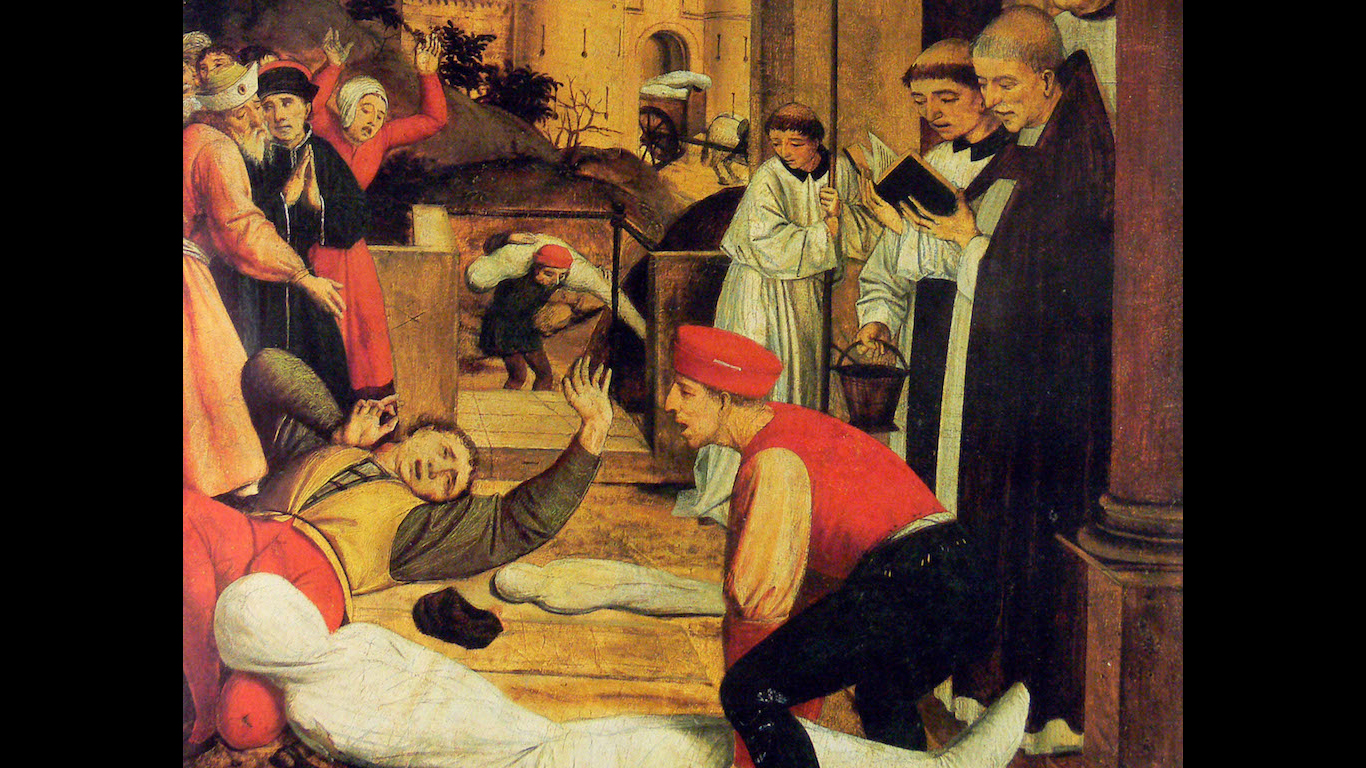
Plague of Justinian
> Disease: Bubonic plague
> Location: Europe, Asia, North Africa
> Duration: 541-549 A.D.
> Approx. number of deaths: 30-50 million
The Justinian Plague is the first major pandemic caused by the same bacterium, Yersinia pestis, that would cause the Black Death centuries later. Egypt, the Mediterranean, Europe, and the Arabian Peninsula all saw great casualties. Constantinople, which was ravaged by the plague, recorded up to 5,000 deaths a day during the height of the outbreak.

Japanese smallpox epidemic
> Disease: Smallpox
> Location: Japan
> Duration: 735-737 A.D.
> Approx. number of deaths: 2 million
This smallpox epidemic killed a third of Japan’s populace and led to subsequent famine as farmers died or abandoned their fields. After widespread migrations, dislocation, and the deaths of many powerful officials, the Japanese economy took years to recover.

Black Death
> Disease: Bubonic plague
> Location: Worldwide
> Duration: 1346-1352
> Approx. number of deaths: Unknown worldwide (25-50 million in Europe)
Most likely spread by fleas as well as airborne aerosols, the world’s second known bubonic plague affected much of Eurasia as well as North Africa. The Black Death is known as the most fatal pandemic in recorded history, killing an estimated 75-200 million people on three continents, including up to 60% of the European population.
[in-text-ad-2]
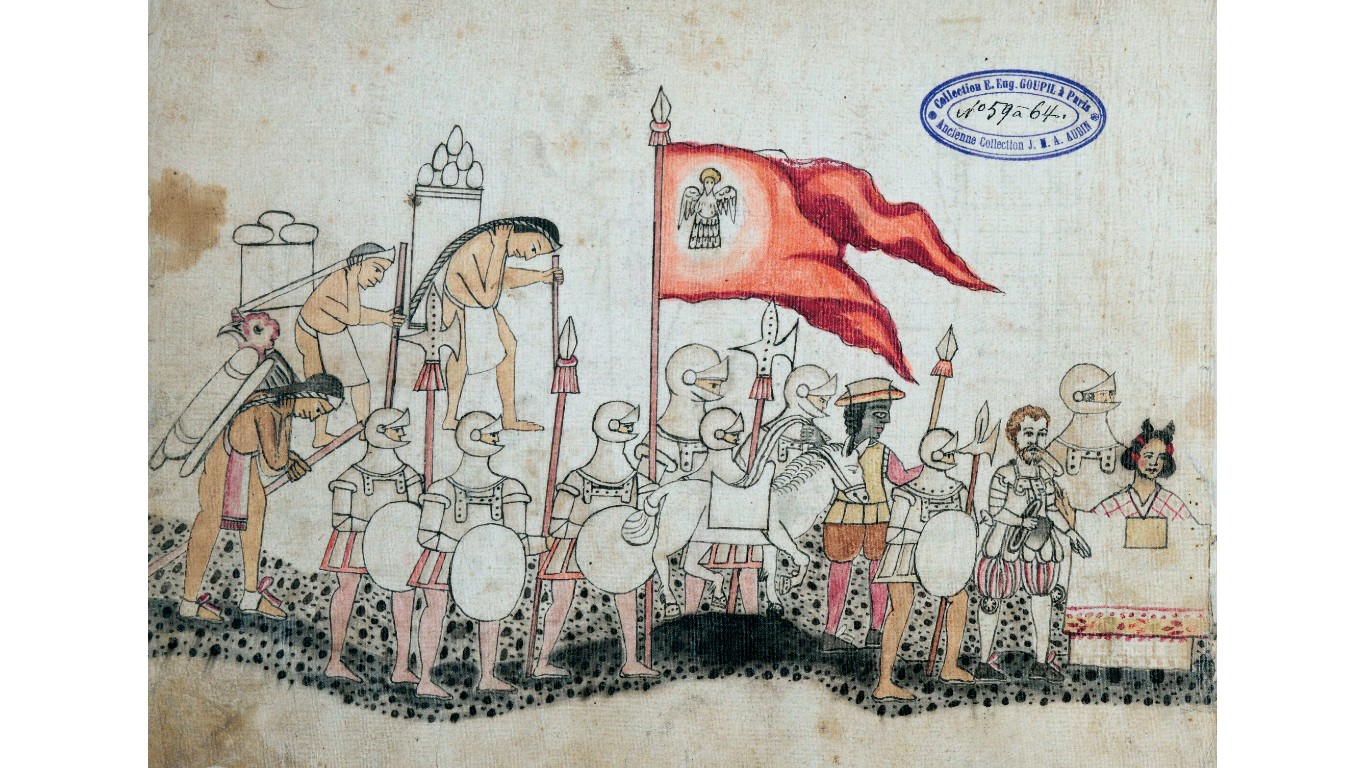
Mexican smallpox epidemic
> Disease: Smallpox
> Location: Mexico
> Duration: 1519-1520
> Approx. number of deaths: 5-8 million
During the Spanish conquest of the Americas, Conquistadors Hernán Cortés and Pánfilo de Narváez brought the novel smallpox virus — along with their soldiers and slaves — to the New World. The disease wiped out 25-50% of the population of central Mexico, and helped Spain conquer the Aztec empire.
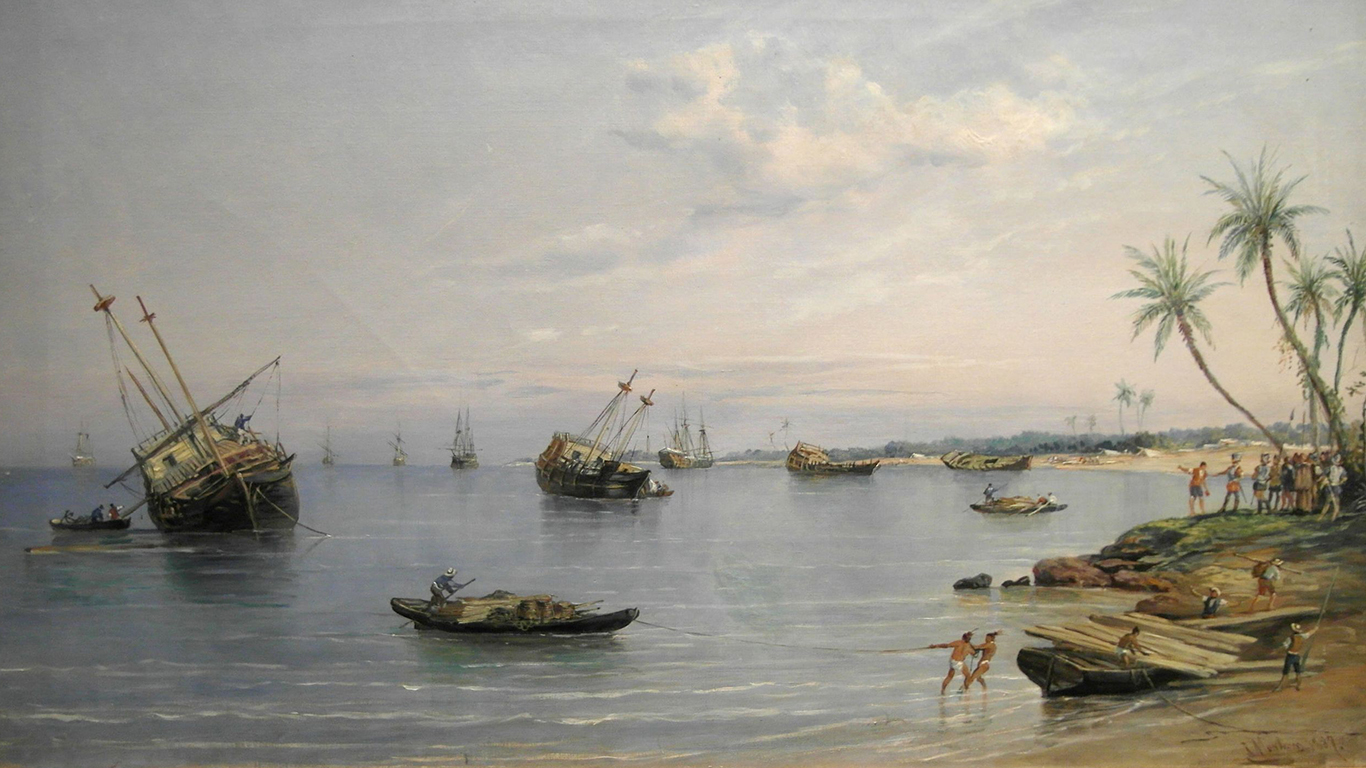
First Cocoliztli epidemic
> Disease: Hemorrhagic fever or Salmonella
> Location: Mexico
> Duration: 1545-1548
> Approx. number of deaths: 5-15 million
The first in a series of viral hemorrhagic fevers to strike Mexico in the 16th century, this epidemic killed about 80% of the native population. Symptoms included profuse bleeding from every orifice, as well as neck nodules, high fever, jaundice, thirst, headache, and diarrhea.
[in-text-ad]
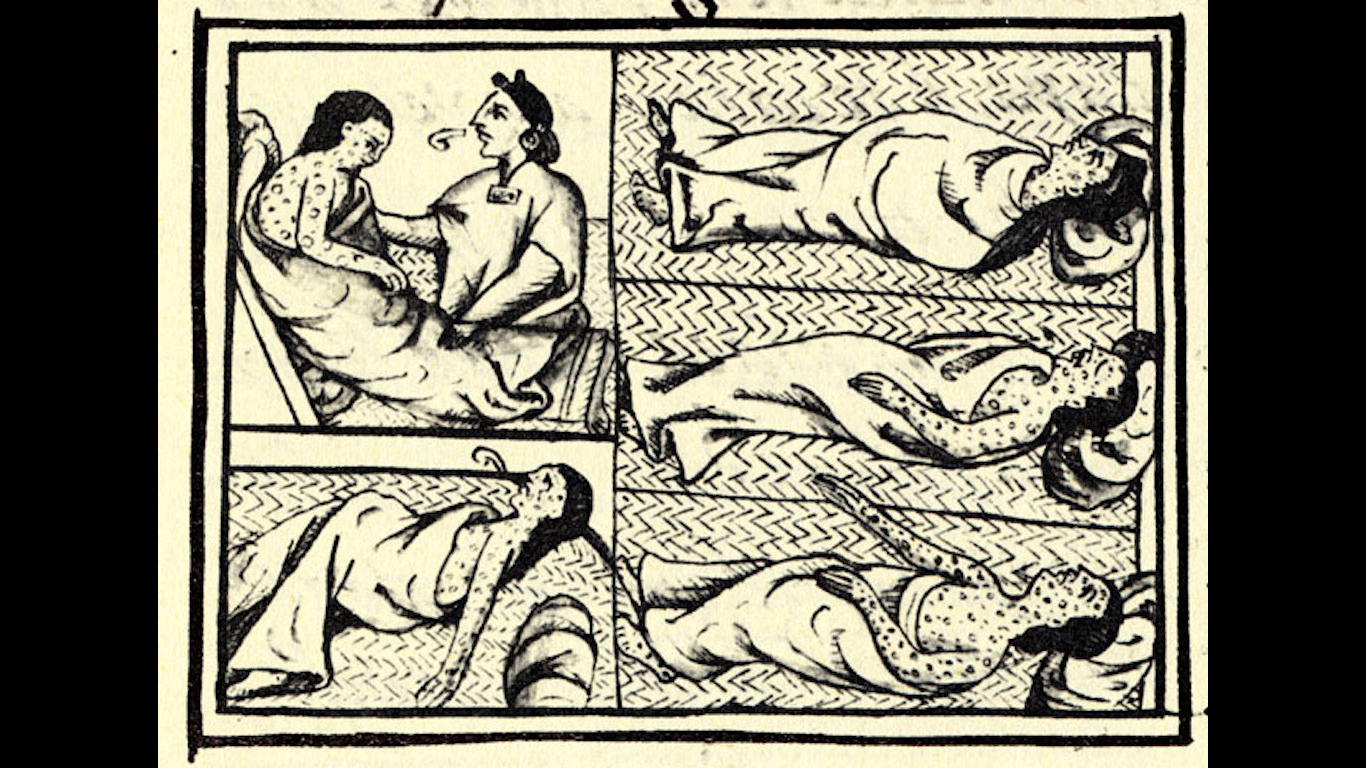
Second Cocoliztli epidemic
> Disease: Hemorrhagic fever or Salmonella
> Location: Mexico
> Duration: 1576-1580
> Approx. number of deaths: 2 million
Affecting populations from northern Sonora down to Guatemala, the second outbreak of Cocoliztli killed up to hundreds of people a day in larger towns during the height of the epidemic. In the end, half the population of Mexico was dead, with Indigenous people suffering the highest mortality rates.

Italian plague epidemic
> Disease: Bubonic plague
> Location: Italy
> Duration: 1629-1631
> Approx. number of deaths: 1 million
Also referred to as the Great Plague of Milan, this series of outbreaks claimed 25% of the Italian population. The disease was spread by French, German, and Venetian troops during the Thirty Years’ War and is considered to be responsible for triggering a huge decline in Italian economies.
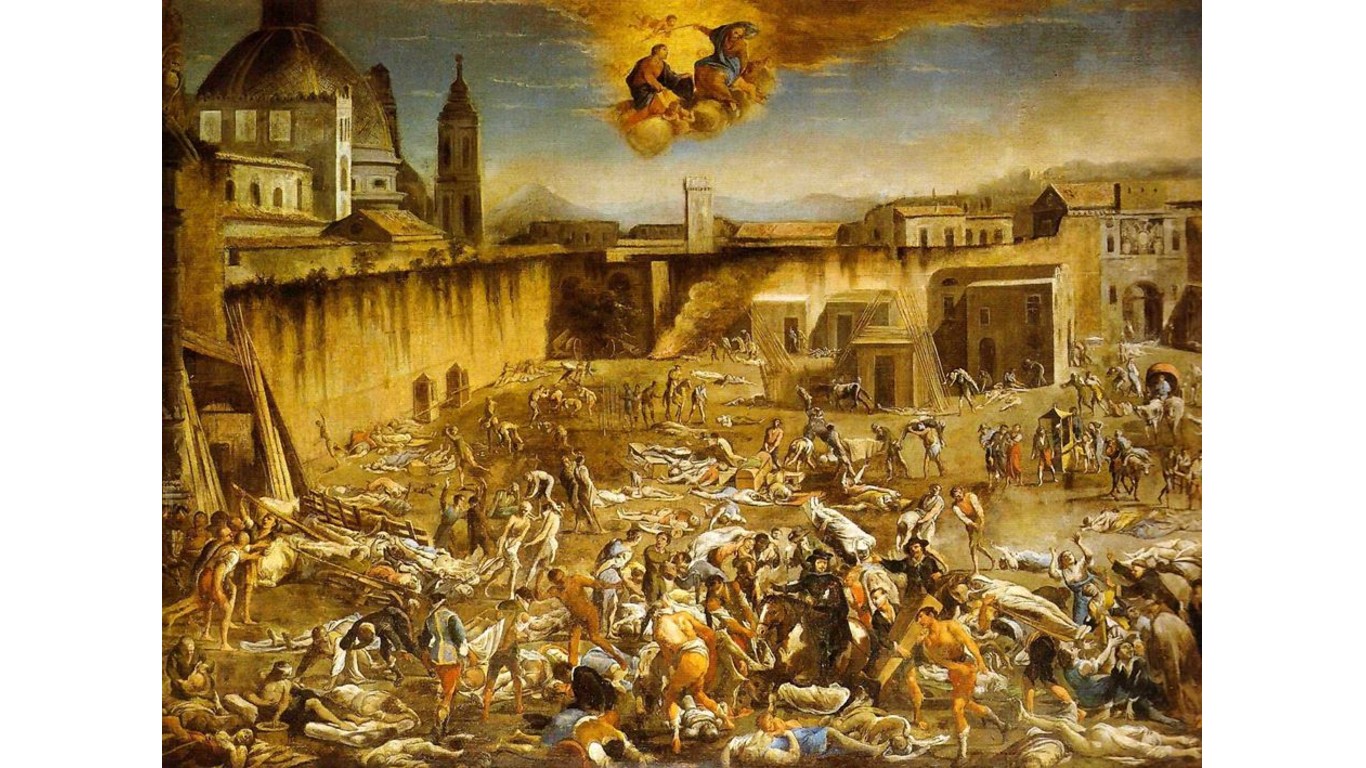
Naples plague epidemic
> Disease: Bubonic plague
> Location: Italy
> Duration: 1656-1658
> Approx. number of deaths: 1 million
Although the Naples plague spread from the southern Italian coast up to Genoa and inland to Umbria, its most devastating effects were on the population of Naples itself, where up to 200,000 people died. The epidemic ended after a forced quarantine.
[in-text-ad-2]

Persian plague epidemic
> Disease: Bubonic plague
> Location: Persia
> Duration: 1772-1773
> Approx. number of deaths: 2 million
This epidemic spread across the Persian Empire — modern-day Iran — into modern-day Iraq, Bahrain, and all the way to Mumbai, India. After thousands of deaths a day, quarantines successfully ended the spread of the disease.

Cholera pandemic
> Disease: Cholera
> Location: Worldwide
> Duration: 1846-1860
> Approx. number of deaths: Unknown worldwide (1 million in Russia)
The third and most deadly major cholera pandemic started in India and spread throughout Eurasia into Africa and North America. It caused one of the highest death tolls of any 19th century pandemic, with over 1 million people dying in Russia alone. Cholera is contracted by ingesting the bacterium Vibrio cholerae through contaminated food or water, and causes profuse diarrhea.
[in-text-ad]

Plague pandemic
> Disease: Bubonic plague
> Location: Worldwide
> Duration: 1855-1959
> Approx. number of deaths: 15 million
The third bubonic plague pandemic (there were also two previous bubonic plague epidemics) started in China and spread throughout the world, causing 10 million deaths in India alone. In 1894, scientists in Hong Kong identified the bacterium responsible, and in 1897 a vaccine was developed and utilized in India.
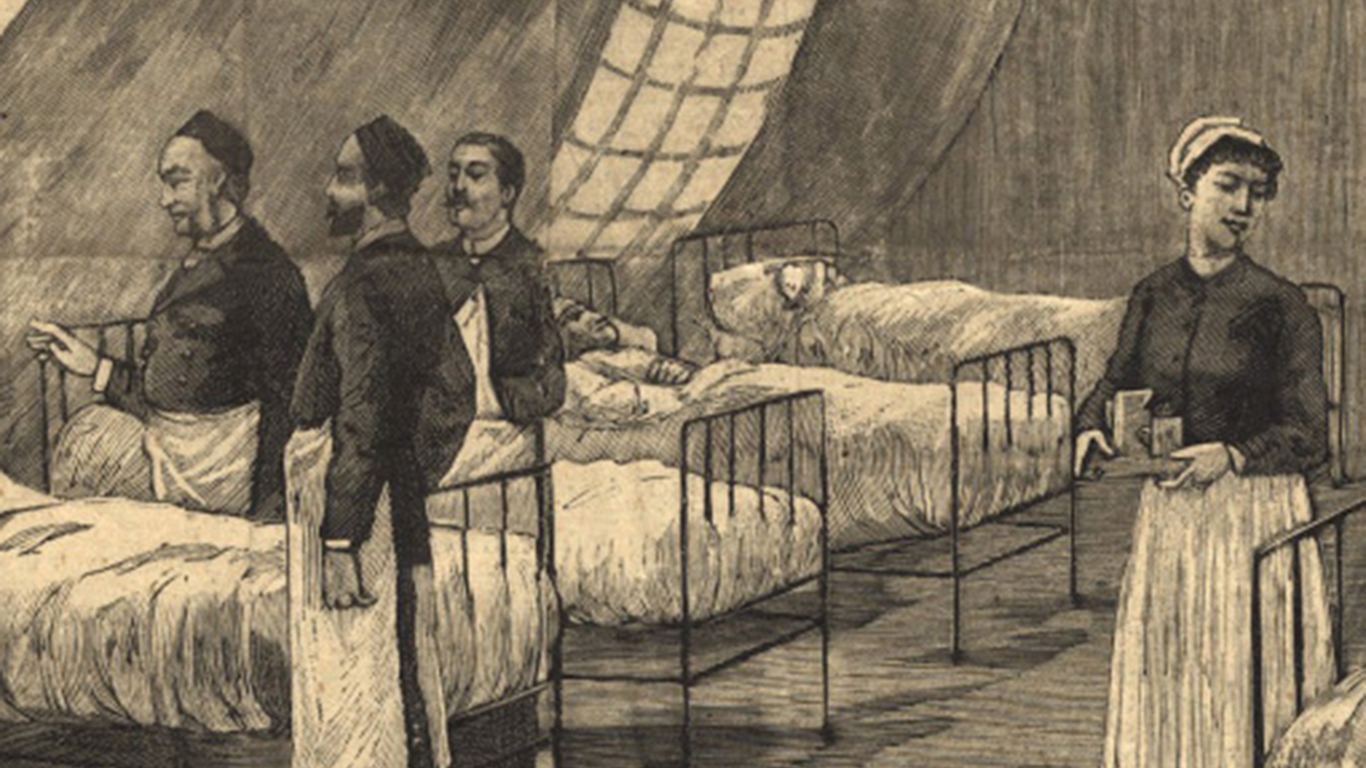
“Russian flu” pandemic
> Disease: Influenza
> Location: Worldwide
> Duration: 1889-1890
> Approx. number of deaths: 1 million
Also called the Asiatic flu, this pandemic quickly spread around the world as a result of modernized travel by railway and other means. It proliferated across the Northern Hemisphere in four months. Some virologists speculate that the offending pathogen may have been a strain of coronavirus.
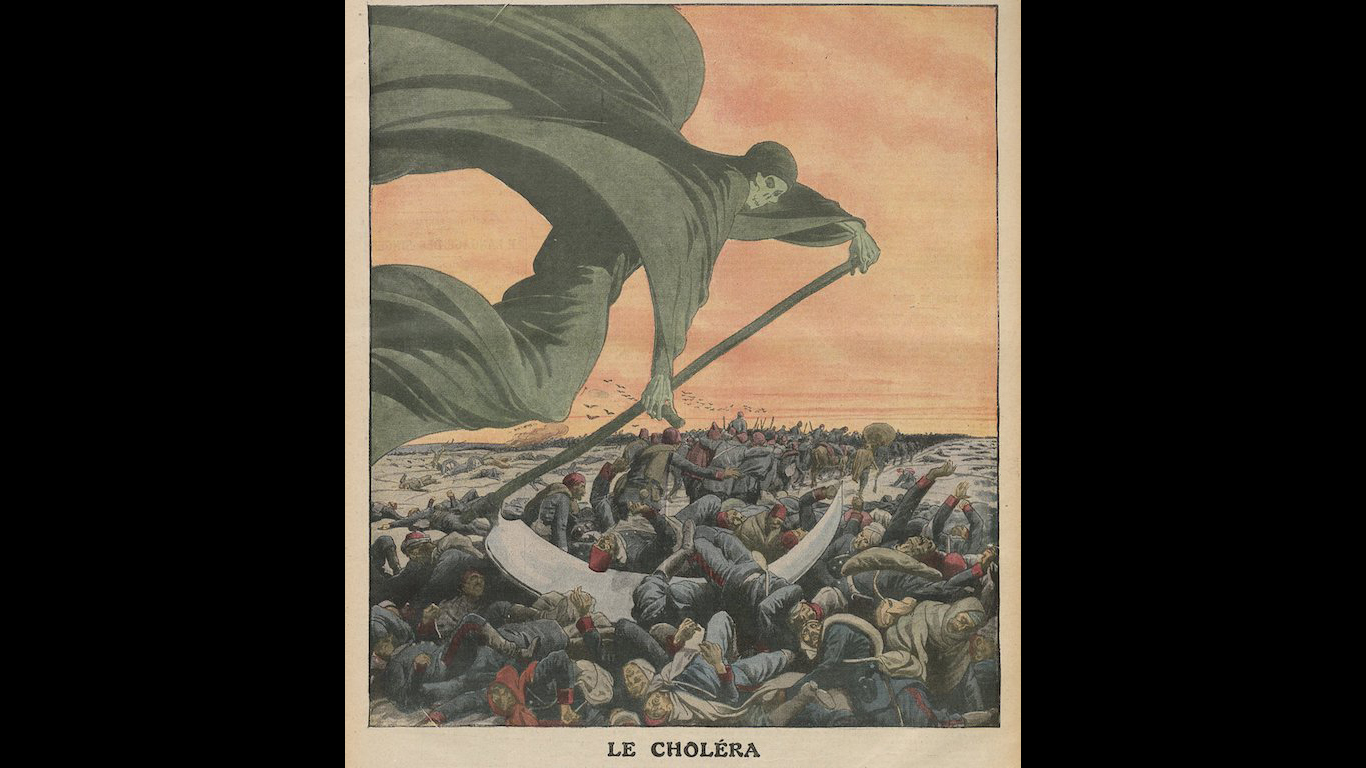
Cholera pandemic
> Disease: Cholera
> Location: Asia, Africa, Europe
> Duration: 1899-1923
> Approx. number of deaths: Unknown worldwide (800,000 in India)
This outbreak started in India and spread to other locales in Asia, Russia, Eastern Europe, North Africa, and the Middle East. Sanitation improvements in Western Europe prevented it from taking hold there, but 500,000 people died in Russia, as well as 200,000 in the Philippines and 800,000 in India.
[in-text-ad-2]

“Spanish flu” pandemic
> Disease: Influenza
> Location: Worldwide
> Duration: 1918-1920
> Approx. number of deaths: 50 million
This pandemic, caused by the H1N1 virus, infected 500 million people and killed an estimated 50 million. It first appeared at an army base in the United States, then spread to Europe with American soldiers deployed to fight in WWI. Eventually circling the globe, it occurred in distinct waves, with the deadliest being the second wave in the fall and winter of 1918.

Russian typhus epidemic
> Disease: Typhus
> Location: Russia
> Duration: 1918-1922
> Approx. number of deaths: 3 million
Spreading along the Eastern Front during WWI, the Russian typhus epidemic infected over 30 million people. Typhus is caused by Rickettsia prowazekii bacteria, which spread to humans through infected body lice. Symptoms include headache, fever, abdominal pain, a full-body rash, and delirium caused by swelling of the membranes around the brain.
[in-text-ad]

“Asian flu” pandemic
> Disease: Influenza
> Location: Worldwide
> Duration: 1957-1958
> Approx. number of deaths: 1 million
This new flu strain, H2N2, was a combination of avian and human flu viruses. Its mortality rate was partly due to its ability to cause pneumonia in an infected person even without a secondary bacterial infection. It emerged in China and spread throughout Asia to Europe and eventually to the rest of the world.

Hong Kong flu pandemic
> Disease: Influenza
> Location: Worldwide
> Duration: 1968-1970
> Approx. number of deaths: 1 million
Various strains of the 1957 H2N2 virus recombined into a new H3N2 virus, causing the 1968 flu pandemic. The first case was reported in Hong Kong, where the disease spread quickly over the next few weeks. Multiple waves of the virus struck Europe, Australia, and Japan, with the second wave even deadlier than the first.

HIV/AIDS pandemic
> Disease: HIV/AIDS
> Location: Worldwide
> Duration: 1981-present
> Approx. number of deaths: 35 million
First reported in California in 1981, AIDS is now one of the largest pandemics in the world. HIV, the virus that causes AIDS, jumped from chimpanzees to humans in early 20th century Africa, and spreads through contact with bodily fluids. Although AIDS has killed at least 35 million people globally, current antiretroviral therapies can prevent its proliferation.
[in-text-ad-2]

COVID-19 pandemic
> Disease: COVID-19
> Location: Worldwide
> Duration: 2019-present
> Approx. number of deaths: 7.0 million
The ongoing COVID-19 pandemic, which has infected more than 762 million people worldwide, is the worst global pandemic of the last 100 years. Since the initial case in late 2019, there have been several waves of infection and near-global travel restrictions and lockdowns. Currently, 13.3 billion doses of vaccine have been administered to people around the world and about 69.9% of the world population has received at least one dose.
100 Million Americans Are Missing This Crucial Retirement Tool
The thought of burdening your family with a financial disaster is most Americans’ nightmare. However, recent studies show that over 100 million Americans still don’t have proper life insurance in the event they pass away.
Life insurance can bring peace of mind – ensuring your loved ones are safeguarded against unforeseen expenses and debts. With premiums often lower than expected and a variety of plans tailored to different life stages and health conditions, securing a policy is more accessible than ever.
A quick, no-obligation quote can provide valuable insight into what’s available and what might best suit your family’s needs. Life insurance is a simple step you can take today to help secure peace of mind for your loved ones tomorrow.
Click here to learn how to get a quote in just a few minutes.
Thank you for reading! Have some feedback for us?
Contact the 24/7 Wall St. editorial team.

 24/7 Wall St.
24/7 Wall St.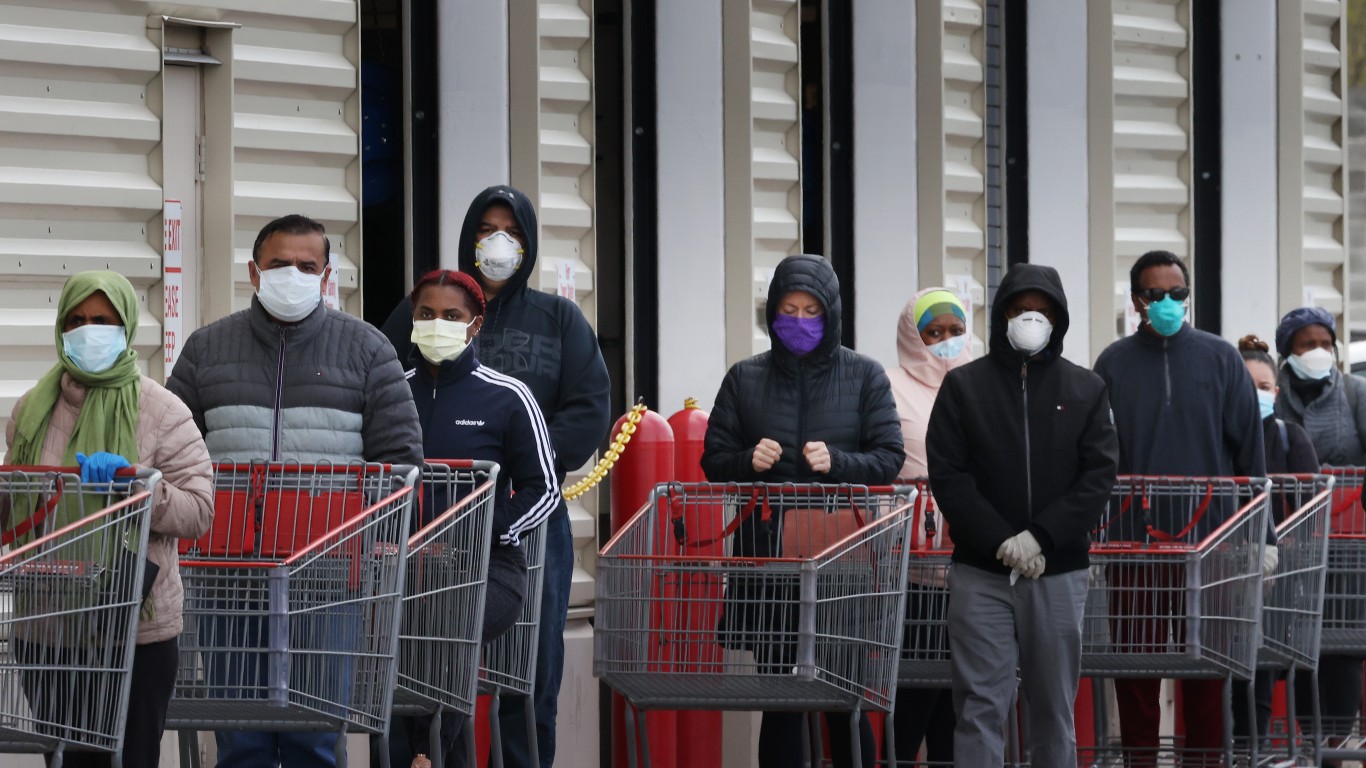 24/7 Wall St.
24/7 Wall St. 24/7 Wall St.
24/7 Wall St.


